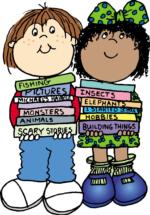
Types of Books to Read to Young Children
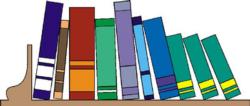
Reading stories with children introduces them to the complex nature of language and helps them in acquiring important language skills. However, the type of books read to children contributes to the depth of their learning. Parents should try to include a variety of books in their read aloud experience. Different types of genre books are associated with different amounts and types of language and each will encourage a different dialog or conversation with children. Following is a brief discussion of various genre and types of books that should be offered to young children:
Picture Storybooks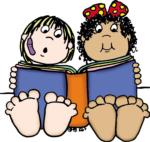
Suggested Reading:
Quick as a Cricket by Don and Audrey Wood
Flower Garden by Eve Bunting
Participation Books
Participation books are another type of storybook. Young children delight in being able to repeat the book's suggestions, such as clapping their hands, touching their toes, or covering their eyes. Lift-the-flap books also promote interaction. Children enjoy peeking under the flap to find the answer or make a new discovery.
Suggested Reading:
Spot Goes to the Park by Eric Hill
Clap Your Hands by Lorinda Bryan Caulery
Patterned Concept Books
Concept books expand children's understanding of an idea, relationship, or theme. Patterned concept books also provide illustrated examples of various ideas and words. Books that have a strong pattern and rhythmic flow help children read along with an adult and predict what language will come next on the page.
Suggested Reading:
Monday, Monday, I Like Monday by Bill Martin Jr.
The Important Book by Margaret Wise Brown
Predictable Books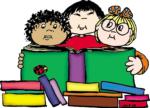
Suggested Reading:
The Very Hungry Caterpillar by Eric Carle
That's Not My Dinosaur by Fiona Watt
Wordless Books
Though wordless books contain little or no text, they have a real story to tell. Readers must interpret the stories from the pictures, examining details and expressions carefully. This experience helps children focus on the sequence in the stories and give them the opportunities to use "book language." Some stories in wordless books are simple, but others are quite sophisticated and are meant for older children.
Suggested Reading:
The Red Book by Barbara Lehman
The Great Cat Chase by Mercer Mayer
Folktales and Fables
The stories in these books are often the result of years of oral storytelling. Many of the stories have a moral concept or theme. Most folktales and fables have some cultural context or historical base and help children learn about diverse cultures and experiences. These stories are often ones that parents can use for storytelling without the benefits of a book.
Suggested Reading:
Goldilocks and the Three Bears by James Marshall
The Acorn Tree and Other Folktales by Anne F. Rockwell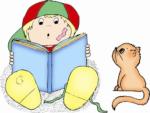
Poetry
There are a variety of poetry books available for young children: collections of poems written by the same author or related to the same theme, collections of poems from multiple poets, and illustrated versions of a single poem. Each introduces the reader to the sounds of language. Rhyming poetry, especially ones with playful words, help children develop phonemic awareness.
Suggested Reading:
Sing a Song of Popcorn: Every Child's Book of Poems by M. White
Read-Aloud Rhymes for the Very Young by Jack Prelutsky
Nursery Rhymes
Nursery rhymes are a natural for young children. They are often recited from memory by parents or grandparents. Mother Goose rhymes are some of the most familiar, but most cultures have some form of nursery rhymes and songs that are passed down from generation to generation. Children raised on nursery rhymes will pass these tales on to their children.
Suggested Reading:
Richard Scarry's Best Mother Goose by Richard Scarry
The Real Mother Goose by Blanche Fish Wright
Alphabet Books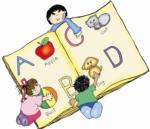
Suggested Reading:
So Many Bunnies by Rick Walton
The Turn-Around, Upside-Down Alphabet Book by Lisa Campbell Ernst
Counting Books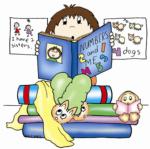
Suggested Reading:
The Icky Bug Counting Book by Jerry Pallotta
How Do Dinosaurs Count to Ten? by Jane Yolen
Rhyming Books
Rhyming storybooks are a great choice for young children. They benefit from hearing rhyming language and repetitive sounds. Rhyming stories are fun for parents to read and provide lots of opportunities to read with emotion and to change the loudness and softness of the voice. Hearing stories that contain rhymes prepare children for reading by helping them focus on the sounds in words.
Suggested Reading:
Jamberry by Bruce Degen
Is Your Mama a Llama? by Deborah Guarino
Informational Books
Informational books are non-fiction and are written about topics that children have a natural interest in such as animals, food, vehicles, sports, or seasons of the year. Some informational books also label the illustrations in the book, helping to introduce written language to children. They are usually simple in style and focus on objects and subjects that are familiar to the children's environment.
Suggested Reading:
Dinosaur Bones by Bob Barner
From Wheat to Pasta by Robert Egan